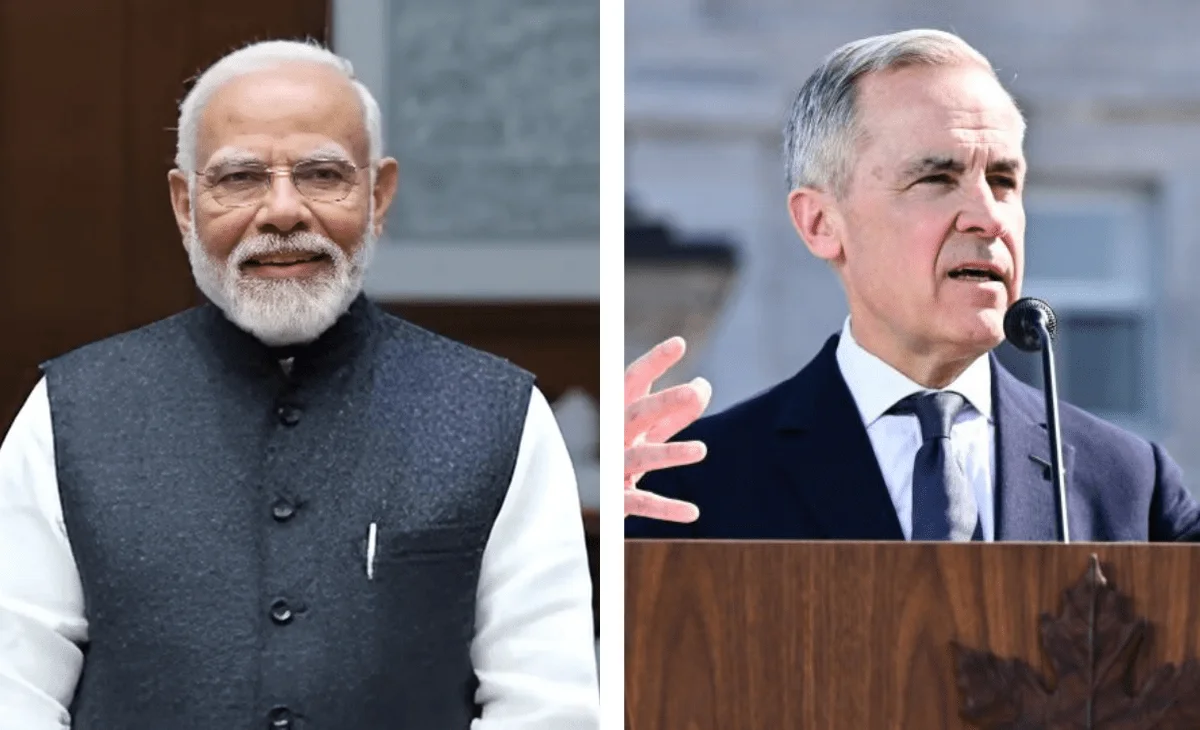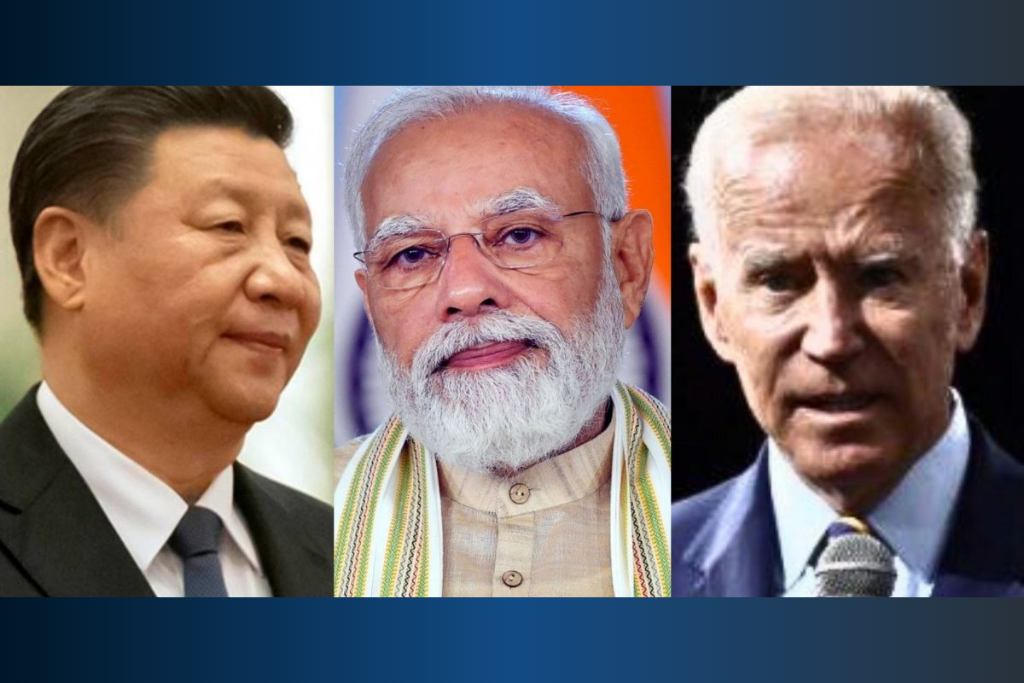Panjab University Protest: On 10 November 2025, the campus of Panjab University (PU) in Chandigarh became the scene of a fierce confrontation when students and pro-farmer activists stormed the university gates and clashed with the Chandigarh Police. The agitation was part of a wider “PU Bandh” called because of long-pending Senate elections and changes to PU’s governance.
What triggered the agitation
-
The administration had earlier accepted an order by the Ministry of Education to restructure PU’s governing bodies — reducing the Senate’s size and eliminating executive elections in the Syndicate.
-
That notification was withdrawn on 7 November following widespread protests, yet students and farmer groups insisted on concrete scheduling of the Senate elections rather than just rescinding.
-
With negotiations stalled, student leaders and affiliated organisations called for a PU Bandh and mobilisation at the campus until the election schedule was formally announced.
How events unfolded
-
Heavy police deployment and security measures were put in place, including barricades across the Chandigarh–Mohali–Zirakpur border, buses used as blockade vehicles, and checkpoints around the campus.
-
Protesters broke through barricades at Gate No 1 of PU and entered the campus. Police attempted to regain control, including mild lathicharges.
-
Students claimed police and administration were suppressing mobilisation, restricting entry of supporters and controlling logistics like tents and sound systems.
-
The disruption caused traffic jams across borders, especially at Chandigarh–Mohali–Zirakpur, as roadblocks accumulated.
-
Farmer leaders from the Samyukt Kisan Morcha (SKM) and other unions joined the campus protests, signalling a broader alliance of students and agrarian groups.
Key players & demands
-
Student leader: Ashmeet Singh (Vice-President of PU Student Council) affirmed the protest would continue until the Senate election schedule is out.
-
Student leader: Abhishek Dagar confirmed readiness for sustained agitation.
-
Political visitors: Punjab Agriculture Minister Gurmeet Singh Khudian, opposition leader Partap Singh Bajwa, senior Congress leader Rana Gurjeet Singh and others visited the dharna spot — showing cross-party interest.
-
Farmer union leaders such as Sarwan Singh Pandher joined the movement, bringing in agrarian issues connected with the region’s politics.
Impacts and wider significance
-
The demonstration was not just a campus protest but signalled unrest in university governance, youth frustration with institutional delays and overlapping student-political / agrarian alliances.
-
Traffic disruption and law-and-order strain at the state border emphasised that the agitation had repercussions beyond campus.
-
The involvement of farmer unions suggests this could become a recurring pattern of campus–agrarian solidarity in Punjab-Chandigarh contexts, especially where institutional reforms are seen as top-down.
-
For the university, the pressure is mounting: the administration cannot indefinitely delay the Senate election schedule without risking further unrest and reputational damage.
What’s next?
-
All eyes are now on when the university administration and state government will announce an official schedule for the Senate elections.
-
Whether the protests get de-escalated via dialogue or further intensify remains to be seen. Continued mobilisations could affect campus operations, student admissions, and future university governance structures.
-
Broader political implications: The alignment between student groups and farmer unions may influence policy discussions in Punjab and Chandigarh, especially around educational autonomy and institutional reforms.
Why this matters
The Panjab University protest is a signal moment for higher education governance in India. When students feel institutional processes like elections are delayed or circumvented, they may resort to direct action. The interplay of student politics, institutional reforms, and grassroots agrarian movements in this case illustrates a convergence of interests and frustrations. For stakeholders — universities, state governments, student unions — the message is clear: timely transparency and inclusive process matter.



